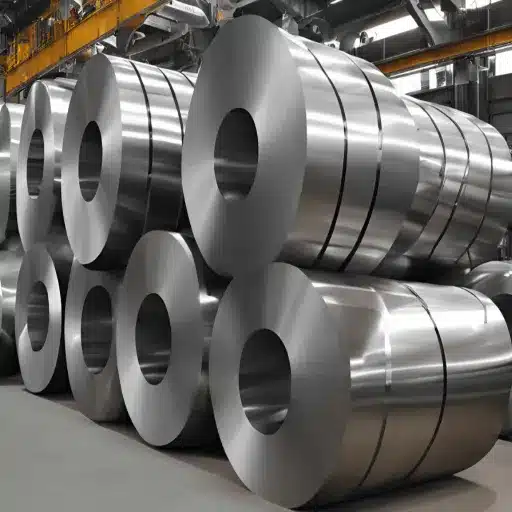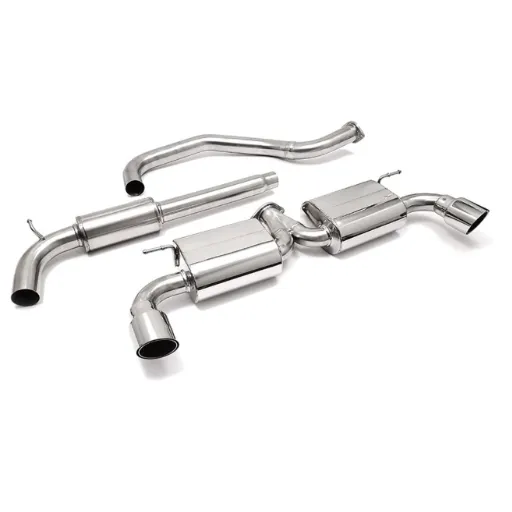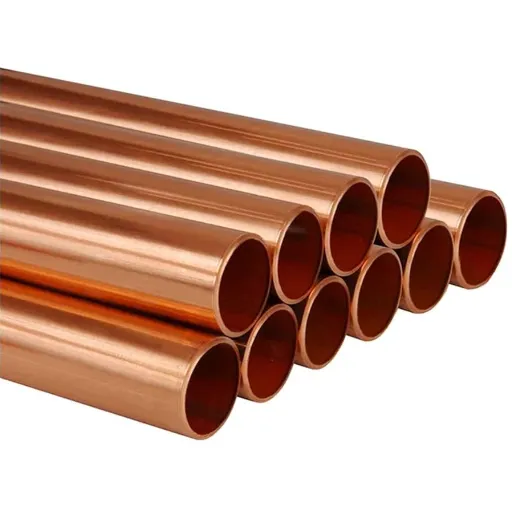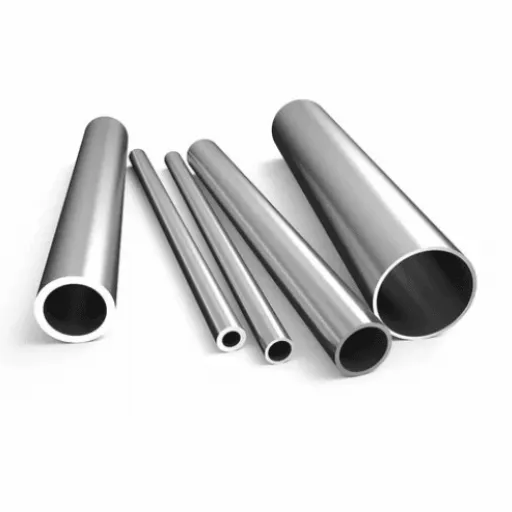Discerning Inconel 800 from Incoloy 800 lies not just in their names, but also in their composition, properties, applications, and alloys. A myriad of confusion stems from the high-temperature regions and corrosion-resistant realms since Inconel and Incoloy both feature alloys. Industries such as aerospace engineering, chemical processing, and power generation, which require an optimal level of performance under extremely challenging environments, require a deep understanding of the distinctions between these alloys. In this article, we explore them in great detail to empower you with the knowledge and materials catered to precise requirements. If you are an engineer, designer, or curious about metallurgy, look no further as we provide insights into the alloys used most in industries like these.
What is the chemical composition of Inconel 800 and Incoloy 800?
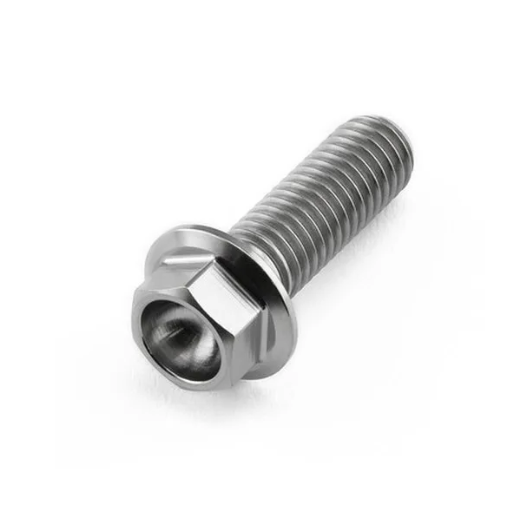
Inconel 800 and Incoloy 800 are both nickel-iron-chromium alloys. Here is the summary of their most crucial chemical constituents:
- Nickel (Ni): 30-35%
- Chromium (Cr): 19-23%
- Iron (Fe): Balance (or majority) of the alloy.
- Carbon (C): ≤ 0.10%
- Manganese (Mn): ≤ 1.5%
- Silicon (Si): ≤ 1.0%
- Aluminium (Al) and Titanium (Ti): together 0.15-1.20%
These alloys are structured to meet the requirements for optimal resistance to high-temperature oxidation and corrosion, making them suitable for severe conditions.
Nickel and Chromium Content in Incoloy Alloy 800
The presence of Nickel (Ni) and Chromium (Cr) in Incoloy Alloy 800 is decisive for its superior performance under harsh environments. These two constituents are the primary reason behind their incomparable effectiveness in resisting oxidation and corrosion at elevated temperatures. A breakdown of each of their roles is given below:
Nickel (Ni):
- Percentage Range: 30-35%
- Role: Provides remarkable resistance to stress corrosion cracking, particularly in a chloride environment.
Chromium (Cr):
- Percentage Range: 19-23%
- Role: Mitigates oxidation resistance of the alloy at higher temperatures.
Combination Effect:
The combination of Nickel and Chromium forms a protective alloy oxidation layer, which increases the alloy’s durability and reliability in critically challenged industrial environments.
While the two constituents working synergistically and performing optimally at their specified ranges are vital due to their high impact, these other elements, while contributing to the alloy’s performance, do take a backseat. All these constituents enable the alloy to withstand the harsh specifications demanded by heat exchangers and pressure vessels.
Analyzing the chemical composition of Inconel 800
| Element | Content (%) |
|---|---|
|
Nickel (Ni) |
30.0 – 35.0 |
|
Chromium (Cr) |
19.0 – 23.0 |
|
Iron (Fe) |
≥ 39.5 |
|
Carbon (C) |
≤ 0.10 |
|
Manganese (Mn) |
≤ 1.50 |
|
Silicon (Si) |
≤ 1.00 |
|
Copper (Cu) |
≤ 0.75 |
|
Aluminum (Al) |
0.15 – 0.60 |
|
Titanium (Ti) |
0.15 – 0.60 |
|
Aluminum + Titanium (Al+Ti) |
0.30 – 1.20 |
How do nickel-iron-chromium alloys differ from these two superalloys?
Alloy superstructures, including Inconel 800 and Inconel 825 super alloys, hold astounding properties due to iron, nickel, and chromium integration with versatile dispersion in Fe, cu, and Mo.
- Chemical Composition:
- Adding carbon leads to increased strength alongside consideration of oxidation resistance. Inconel 800 holds approx 30-35% Nickel, 19-23% Chromium, and 39.5% Iron.
- Unlike Inconel 800, Inconel 825 contains Mo and Cu. Alongside a higher concentration of chrome (19.5-23.5%), intergranular corrosion is significantly reduced, making it ideal for engineers.
- Corrosion Resistance:
- Due to its molybdenum and copper content, Inconel 825 is ideal for marine industries where sulfuric and phosphoric acid are used excessively.
- Due to its excellent exothermic reaction due to oxidation and electropositive qualities, Inconel 800 is commonly used in chemical plants, heat exchangers, and process piping.
- Mechanical Properties:
- Inconel 800 is ideal for service in harsh environments, as it can sustain exceptionally high temperatures (up to 1100°F/593°C) without any substantial creeping or stress rupture.
- Although Inconel 825 does not handle extremely high temperatures as well, it is far more effective in dealing with seawater and other corrosive agents.
- Applications:
- Inconel 800 is widely used in highly thermally cycled and superheated operations like furnace components and superheater tubes.
- Inconel 825 is primarily used in highly corrosive but mildly acidic environments, such as pipes for transporting corrosive substances and tanks for storing acidic substances.
Comparative Data Table:
|
Feature |
Inconel 800 |
Inconel 825 |
|---|---|---|
|
Nickel Content |
30-35% |
38-46% |
|
Chromium Content |
19-23% |
|
|
Iron Content |
~39.5% |
~30% |
|
Key Additives |
Aluminum, Titanium |
Molybdenum, Copper |
|
Temperature Limit |
~1100°F (593°C) |
~1000°F (538°C) |
|
Corrosion Resistance |
High (oxidation, carburization) |
Superior (acidic environments) |
|
Application Example |
Heat exchangers, pressure vessels |
Pipelines, marine equipment |
These paragraphs stem from the objectives of building and saine metals to withstand specific industrial requirements. To tackle prevailing conditions and environmental challenges, one has to choose between superalloys and their domains.
How do the mechanical properties of Inconel 800 and Incoloy 800 compare?
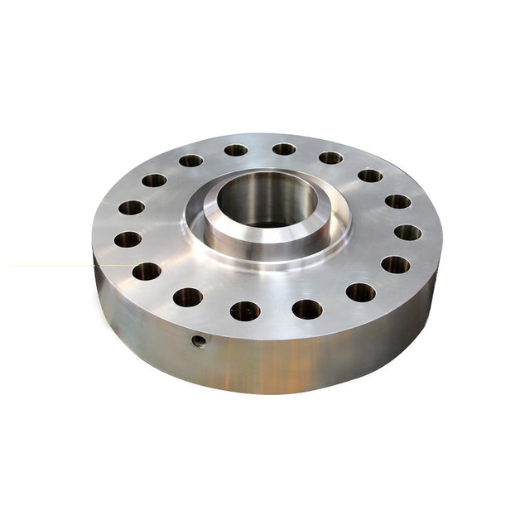
Incoloy 800 and Inconel 800 have remarkable attributes as is. Strength Test And Comparison:
- Both alloys have comparable tensile strength, ensuring durability under stress, but may vary based on precise material specifications and applications.
- Creep Resistance (SI Units): Both materials demonstrate strong resistance to creep, maintaining structural integrity over prolonged periods at elevated temperatures.
- Thermal Stability: They are well suited for use in environments with significant thermal cycling, retaining their mechanical strength without substantial degradation.
- While their properties overlap in many areas, choosing between these alloys depends on specific performance requirements rather than clearly distinguishing performance differences.
High-Temperature Mechanical Properties of Inconel 800
Inconel 800 has a proven reputation for enduring high temperatures, making it preferable for use in tough industrial settings. Its critical mechanical properties are the following:
- Creep Resistance
Preserves shape and extremely structured under stress for an extended period and at high temperatures.
- Tensile Strength
Does not fail while enduring extreme physical stress, even surpassing 1000°F (538°C).
- Thermal Fatigue Resistance
Inconceivable resistance to cracking or thermal degradation under repeated extreme thermal cycling.
- Yield Strength
Allows significant mechanical tensions to be placed on the alloy while maintaining high yield strength to avoid permanent deformation.
- Oxidation Resistance
It retablishes an oxide cover at extreme temperatures, fierce environments, and high impacts, maintaining surface reliability and preventing degradation.
All of these traits showcase how Inconel 800 withstands extreme temperatures while excelling at demands for durability and performance.
Exploring the Mechanical Properties of Incoloy 800
This alloy is specifically designed to be operated in high-temperature environments. We describe below its most notable attributes and relevant information:
- Tensile Strength
The tensile strength of Incoloy 800 is, on average, within the margins of 75,000 psi (515 MPa) to 85,000 psi (585 MPa), which varies by processing and heat treatment conditions. This also ensures the alloy does not lose its relevance when exposed to overwhelming mechanical forces.
- Yield Strength
The value for yield strength for the alloy is 30,000 psi (205 MPa) at room temperature, which is pretty good. This allows the material to consistently perform without any permanent damage when exposed to moderate mechanical forces.
- Elongation
Incoloy 800 has one of the best rates of elongation, with its mark being approximately 30% up to 45%. This makes the alloy incredibly ductile. It enables the material to withstand strain without breaking, which is especially useful for applications that have to endure frequent thermal cycling.
- Creep and Stress Rupture Resistance
The alloy exhibits stress rupture resistance due to its eventual ability to be deformed by relentless exposure to high temperature and stress over a long period. For instance, Incoloy 800 maintains strength at 1100°F (593°C) ensuring its enduring capabilities last making the alloy optimal for demanding industrial components such as heat exchangers and furnace equipment.
- Hardness
Depending on its specific processing, Incoloy 800’s hardness typically falls within the range of 140-200 HB, which is also Brinell Hardness. This hardness level allows for good resistance to wear and deformation at high pressures.
- Thermal stability
This alloy possesses a critical mechanical property of retaining strength and stability at elevated temperatures up to 1500°F (815°C). Such attributes are essential for use in extreme thermal applications.
These mechanical characteristics are why Incoloy 800 is preferred in different domains, including petrochemical processing, power generation, and aerospace engineering. Its ability to combine factors such as mechanical strength, ductility, and stability under extreme conditions showcases its versatile nature and reliability.
Evaluating high strength in Inconel 800 and Incoloy 800
| Parameter | Inconel 800 | Incoloy 800 |
|---|---|---|
|
Tensile Strength (MPa) |
520-536 |
600 |
|
Yield Strength (MPa) |
150 |
275 |
|
Elongation at Break (%) |
30 |
45 |
|
High-Temperature Use |
Excellent for extreme conditions |
Suitable for moderate conditions |
|
Corrosion Resistance |
High in oxidizing environments |
High in aqueous environments |
|
Cost |
Higher due to nickel content |
Lower due to higher iron content |
|
Applications |
Aerospace, marine, heat treatment |
Oil, gas, marine, chemical plants |
How do Inconel 800 and Incoloy 800 perform in corrosive environments?
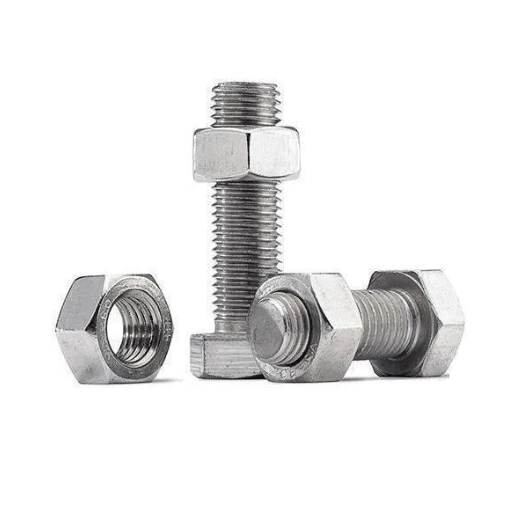
Incoloy 800 and Inconel 800 perform well in corrosive environments as they resist oxidation and pitting.
- Inconel 800 is impervious to oxidation, meaning operationally, it can be used in extreme heat conditions and aggressive oxidizing conditions, like in chemical processing plants.
- Incoloy 800 possesses an unrivaled resistance to corrosion by water, particularly in the presence of chlorides or other mildly harsh chemicals, making it suitable for moderate-temperature industrial settings.
Due to both alloys’ resistance to corrosion, they become dependable options for harsh conditions. However, engineers tend to select them based on the particular corrosive elements and operating temperatures of the environment.
Understanding corrosion resistance in Inconel 800
| Parameter | Details |
|---|---|
|
General Corrosion Resistance |
Excellent in many aqueous environments |
|
Oxidation Resistance |
High at elevated temperatures |
|
Carburization Resistance |
Strong in high-temperature environments |
|
Sulfidation Resistance |
Effective due to high nickel content |
|
Chloride Stress Cracking |
High resistance to chloride-induced cracking |
|
Acid Resistance |
Resists sulfuric and nitric acids effectively |
|
Temperature Limit |
Effective up to 816°C (1500°F) |
|
Applications |
Heat exchangers, furnace tubes, steam generators |
Incoloy 800’s excellent corrosion resistance capabilities
| Parameter | Details |
|---|---|
|
General Corrosion Resistance |
Excellent in aqueous environments |
|
Oxidation Resistance |
High at elevated temperatures |
|
Carburization Resistance |
Strong in high-temperature environments |
|
Sulfidation Resistance |
Effective due to high chromium content |
|
Chloride Stress Cracking |
High resistance to chloride-induced cracking |
|
Acid Resistance |
Resists sulfuric and nitric acids effectively |
|
Temperature Limit |
Effective up to 816°C (1500°F) |
|
Applications |
Heat exchangers, furnace tubes, steam generators |
Resistance to oxidation and carburization in these alloys
Both Inconel 800 and Incoloy 800 exhibit exceptional resistance to oxidation and carburization due to their high content of nickel and chromium. In my opinion, the alloys are proven to work in arduous situations, particularly at high temperatures. These attributes ensure constant reliability under such conditions, making the alloys ideal for systems where the avoidance of material decay with time is essential.
What are the applications of Inconel 800 and Incoloy 800 in different industries?
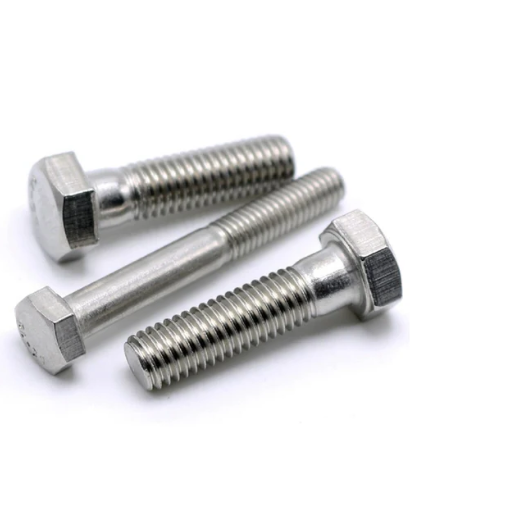
- Petrochemical and Refining Industry
Both alloys find applications in the Petrochemical and Refining industries, where they are used for heat exchangers, piping systems, and processing equipment because of their remarkable resistance to high-temperature oxidation and carburization.
- Power Generation
This class of materials finds its application in steam generators and boilers due to the parts’ harsh endurance against extreme heat and pressure.
- Chemical Processing
Corrosive chemicals such as those found in reactors and heat exchangers are well within their handling capabilities owing to their corrosion resistance, making them ideal for chemical processing equipment.
- Aerospace Industry
High temperature does not inhibit their use in engine parts and exhaust systems, so they are suitable for use in such harsh environments.
- Nuclear Industry
The alloys find bases within nuclear reactors in use as tubing and structural components due to their endurance towards degradation by radiation exposure, resulting in long service life.
Use of Inconel 800 and Incoloy 800 in the aerospace sector
| Parameter | Inconel 800 | Incoloy 800 |
|---|---|---|
|
Primary Use |
High-temperature aerospace components |
High-temperature aerospace components |
|
Strength |
High strength and stiffness |
High strength and durability |
|
Corrosion Resistance |
Excellent in extreme environments |
Excellent in extreme environments |
|
Oxidation Resistance |
Superior at elevated temperatures |
Superior at elevated temperatures |
|
Applications |
Engine components, heat exchangers |
Engine components, heat exchangers |
|
Fabrication |
Suitable for complex aerospace designs |
Suitable for complex aerospace designs |
|
Temperature Limit |
Effective up to 1100°C |
Effective up to 1100°C |
Chemical processing applications of Inconel and Incoloy
| Parameter | Inconel | Incoloy |
|---|---|---|
|
Primary Use |
High-temperature, corrosive environments |
Corrosive and acidic environments |
|
Corrosion Resistance |
Excellent against acids and halides |
Excellent against sulfuric and phosphoric acids |
|
Oxidation Resistance |
Superior at elevated temperatures |
Effective in oxidizing conditions |
|
Applications |
Heat exchangers, scrubbers, reaction vessels |
Acid piping, pickling tanks, marine systems |
|
Strength |
High strength under extreme conditions |
High strength and durability |
|
Temperature Limit |
Effective up to 1100°C |
Effective up to 540°C |
|
Industries |
Chemical, pharmaceutical, and pollution control |
Chemical, marine, and power stations |
Benefits of these nickel alloys in the oil and gas industry
Due to their properties, the oil and gas industry is highly dependent on nickel alloys. Some of the benefits of incorporating Inconel and Incoloy alloys in the industry include:
- Remarkable Resistance to Corrosion
These alloys are perfect for valves, pipelines, and equipment used in corrosive conditions due to sour gas and seawater corrosion.
- Maintains Strength Under High Temperatures
Both alloys are designed for equipment used in deep drilling and other high-temperature, high-pressure (HTHP) conditions, so they retain strength and structure.
- Resilience to Sour Gas Environments
Operationally sour gas fields benefit from the alloys’ resistance to the degradation and failure of materials when dealing with hydrogen sulfide (H²S) rich areas.
- Long Service Life and Durability
When withstanding harsh conditions in oil fields, nickel alloys demonstrate superior durability, which leads to a longer operational life and less upkeep for other equipment.
- Exceptional Fabrication and Weldability
These alloys allow the gas and oil components to be reliable and complex since they can be fabricated and welded robustly.
How do Incoloy 800 and Inconel 800 compare to global standards and specifications?
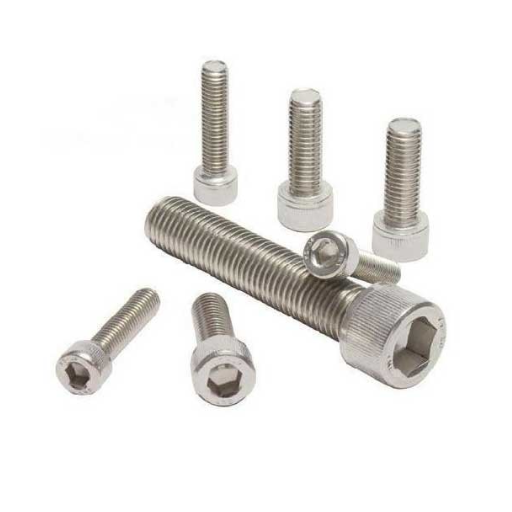
Both Incoloy 800 and Inconel 800 pass global certifications, verifying their industrial use. The distinction lies in alloy classification and specific policies of use:
- Compliance to Specifications
- Incoloy 800 revolves around standards like ASTM B409 and ASME SB-409 for accruing and using extremely high temperature (heat exchangers and furnace components), enabling applications.
- Industrially grouped with Incoloy 800, Inconel 800 also meets similar but less popular standards. The use of “nickel alloys” often catches the public’s attention, which is why they prefer that terminology.
- Chemical Composition and Designation
The alloys differ only in naming. They are marketed regionally as Incoloy and Inconel, which does not change their base scarce composition, nickel, iron, and chromium. Their use depictions change by market, which means all they do is reposition the same products to different regions.
International standards for Inconel alloy 800
The international criteria set for Inconel alloy 800 refer to nickel-iron-chromium alloys, focusing on high temperature usage and the need to withstand corrosive elements. For my part, I would quote the pertinent ASTM B409 that describes all in-scope mechanical aspects of the alloy in question, its composition, and the appropriate testing it has to undergo. I would also cite ISO 6208, which speaks about the other practical purposes of nickel alloys for other applicable reasons and alloys. They provide enterprises with trustworthy proof of reliability and fairness concerning manufacturing and the desired performance.
Global specifications of Incoloy 800 material
The global specifications and standards set through ISO and ASTM regarding Incoloy 800 are fully set to bound regions that deal with implementing the alloy for marketing and end engineering reasons. ISO provides material and design elements based on industry needs, though usage also determines how these should be outlined. I believe there must be enough evidence that prior provided references guarantee reliability in enduring high temperatures compared.
Regulatory differences between the two alloys
The distinct characteristics of alloy regulation referring to two materials differ due to discrepancies resulting from universal criterion sets such as ASTM and ISO, which define region-based needs to stipulate what is needed when it comes to composition, testing, and application.
References
-
Springer: “Influence of heat treatment on the mechanical and tribological properties of Incoloy 800H Superalloy” – This article explores the mechanical and tribological properties of Incoloy 800H under different heat treatments.
-
ScienceDirect: “Mechanical property and microstructure characterization of Incoloy 800H alloy and its welds after corrosion testing in high temperature steam” – This study examines the mechanical properties and microstructural changes of Incoloy 800H, particularly in high-temperature environments.
-
MDPI: “A Comparison Study of High-Temperature Low-Cycle Fatigue Behaviour and Deformation Mechanisms Between Incoloy 800H and Its Weldments” – This paper investigates the fatigue behavior and deformation mechanisms of Incoloy 800H and its weldments.
Frequently Asked Questions (FAQ)
Q: What is the difference between Inconel 800 and Incoloy 800H?
A: The main difference between Inconel 800 and Incoloy 800H is their composition and application. Incoloy 800H is a specific modification of Inconel 800 with a higher carbon content and controlled heat treatment, enhancing its strength and resistance to high-temperature environments.
Q: How do Incoloy 800H and 800HT differ from each other?
A: Incoloy 800H and 800HT are similar, but 800HT includes additional modifications in its heat treatment process, providing even better stability and strength at high temperatures than 800H.
Q: What are the primary applications of Inconel 800 alloys?
A: Inconel 800 alloys are primarily used in applications requiring high temperature resistance and excellent resistance to oxidation, such as in the chemical and petrochemical industries, furnace components, and heat exchangers.
Q: Why is Incoloy 800H considered a high-performance alloy?
A: Incoloy 800H is considered high-performance due to its excellent resistance to high temperatures and oxidation and its ability to maintain structural integrity under prolonged exposure to high thermal environments.
Q: How does the nickel content affect the properties of Incoloy 800H?
A: Incoloy 800H’s nickel content enhances its corrosion resistance and high-temperature stability, making it suitable for various demanding environments.
Q: Can you compare Incoloy 800H with Inconel 625?
A: While both are high-performance alloys, Incoloy 800H is primarily used for high temperature applications, whereas Inconel 625, which contains molybdenum and niobium, offers superior corrosion resistance and is often used in marine and chemical processing applications.
Q: What makes Incoloy 825 different from Incoloy 800?
A: Incoloy 825 includes additional elements like molybdenum and copper, which enhance corrosion resistance, especially in environments containing sulfuric and phosphoric acids, unlike Incoloy 800, which is primarily focused on high-temperature applications.
Q: Are Inconel and Incoloy alloys both nickel-based?
A: Both Inconel and Incoloy alloys are nickel-based but differ in their specific compositions and applications. Inconel alloys typically have higher nickel content, offering excellent resistance to oxidation and corrosion across a broader range of temperatures.
Q: What role does heat treatment play in the properties of alloy 800H?
A: Heat treatment in alloy 800H is crucial as it enhances its mechanical properties, such as strength and stability at high temperatures, making it more suitable for extreme thermal environments.

